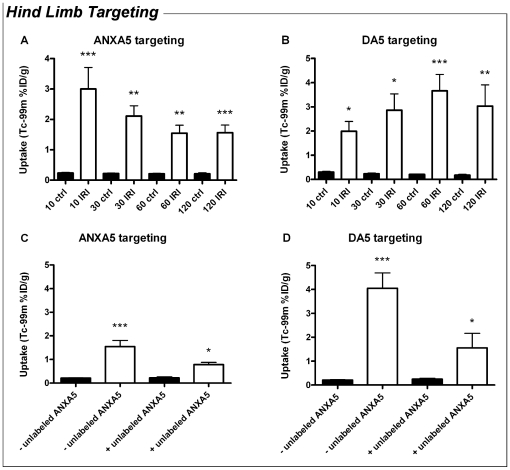Figure 6. Diannexin and annexin A5 share the same target in the muscle after ischemic exercise.
(A–B) Uptake of annexin A5 (ANXA5, panel A) and Diannexin (DA5, panel B, n = 4–8) in control limbs (filled bars) and limbs subjected to ischemic exercise and reperfusion (open bars). (A) When compared to the control limb, targeting of 99mTc-ANXA5 was increased in hind limb muscle tissue subjected to ischemic exercise and 10, 30, 60 and 120 min of reperfusion. (B) Similarly, 99mTc-DA5 was increased in hind limb muscle tissue subjected to ischemic exercise and 10, 30, 60 and 120 min of reperfusion. Values are means ± SEM. *P = 0.03 vs. ctrl group (paired t-test); **P<0.001, ***P<0.0001 vs. ctrl group (one-way ANOVA). n = 3–4 for 10, 30 and 120 min reperfusion and n = 7–8 for 60 min reperfusion. (C–D): effect of pre-treatment with unlabeled annexin A5 (ANXA5) on the targeting of labelled ANXA5 and Diannexin (DA5) to control muscle (filled bars) and ischemically exercised muscle (open bars). 99mTc-ANXA5 (C) and 99mTc-DA5 (D) target to the hind limb muscle after ischemic exercise and 60min of reperfusion. This targeting was blocked by administration of 450 µg of unlabeled ANXA5 prior to ischemia. In the presence of unlabeled ANXA5, targeting to the ischemic muscle was not significantly different from control muscle. Values are means ± SEM. **P<0.001 vs. control muscle; # P<0.05 vs. ischemic muscle - unlabeled ANXA5. n = 3 for ANXA5 pre-treated mice and n = 6–7 for control mice.

